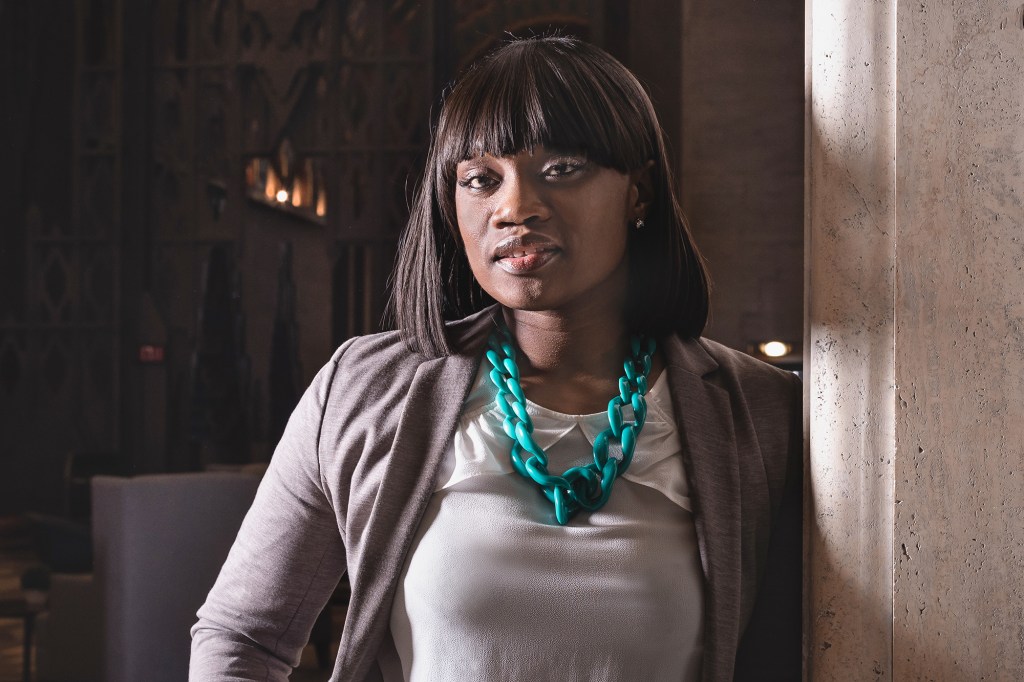Last summer, as New Orleans removed statues of confederate leaders from some of its most important public spaces, Bryan Lee Jr. and Sue Mobley founded their nonprofit practice Colloqate Design (a combination of the words colloquial, locate, and collocate). They had long been active in grassroots campaigns to remove the statues, but now they were embracing an official role. Funded by grants from the Ford Foundation and the Foundation for Louisiana, Colloqate is leading the city’s public engagement effort to determine what should happen to these sites. “The goal is to establish a system of memory,” Lee says, “that explores histories that haven’t been part of the main narrative.”
Lee became dedicated to the issue of equity in design as an undergraduate architecture major at Ohio State University; he was so disturbed by the racial homogeneity of his classes that he questioned his future in the field. But he completed a master’s in architecture at the New Jersey Institute of Technology in 2008 and landed a job at Eskew+Dumez+Ripple. A few years later, he left for the Arts Council New Orleans, where he developed programming to teach kids about design and advocated for greater social justice in the field. “Our profession has been derelict of duty when it comes to cultural competency,” he says.
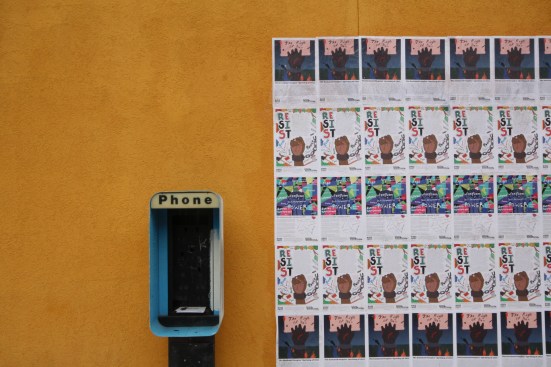
courtesy Paper Monuments Team
Posters commissioned by Colloqate

courtesy Paper Monuments
An image from the Paper Monuments project
Colloqate calls its two-year project “Paper Monuments.” It hosts monthly storytelling and art events; works with schools and public libraries; and, most visibly, is commissioning a series of provocative posters that celebrate unrecognized events and people, like the General Strike of 1892 and the San Malo Maroons. “We’re trying to reach every resident about what should be honored in our public spaces,” says Mobley.

Brendan Palmer-Angell
A poster from the Paper Monuments project
Over the coming months, the firm will work with the city to design semi-permanent markers for the empty sites. Raphael Sperry, president of Architects/Designers/Planners for Social Responsibility, says the firm is demanding nothing less than “racial, cultural, and social equity for all. Colloqate is demonstrating that architecture can advance more humane values than the market forces of capitalist accumulation.”
Other Workers in Progress:
-
Bryan Lee Jr. and Sue Mobley, Colloqate Design
“The goal is to establish a system of memory that explores histories that haven’t been part of the main narrative.”
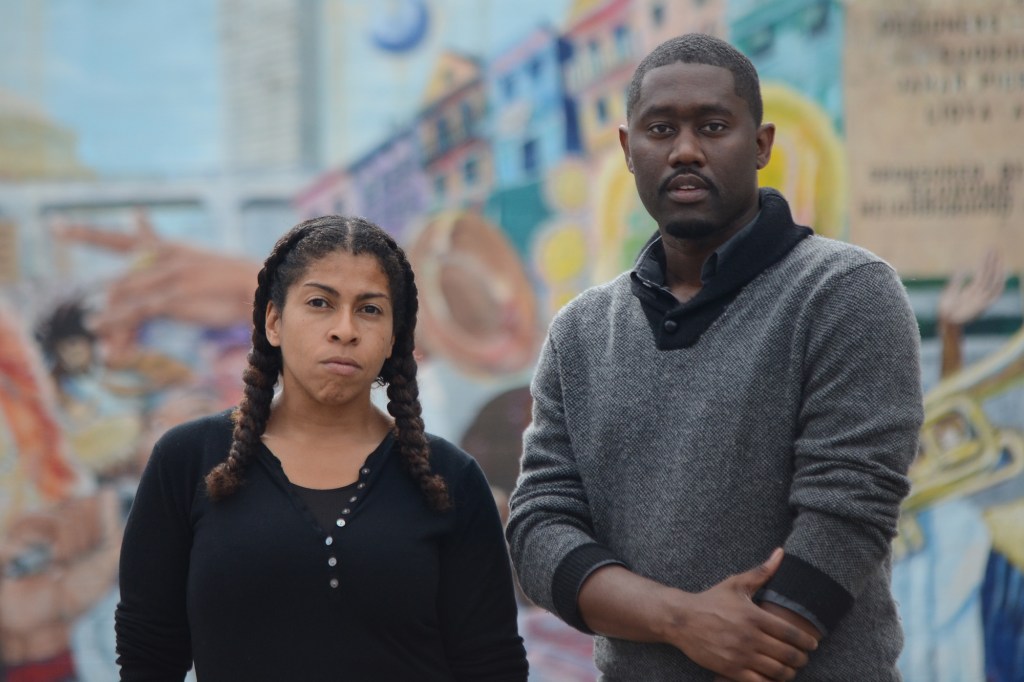
-
Liz Ogbu, Studio O
“In most of my projects, it’s the wrong problem outlined in the brief. You can only right-fit it by talking to people.”
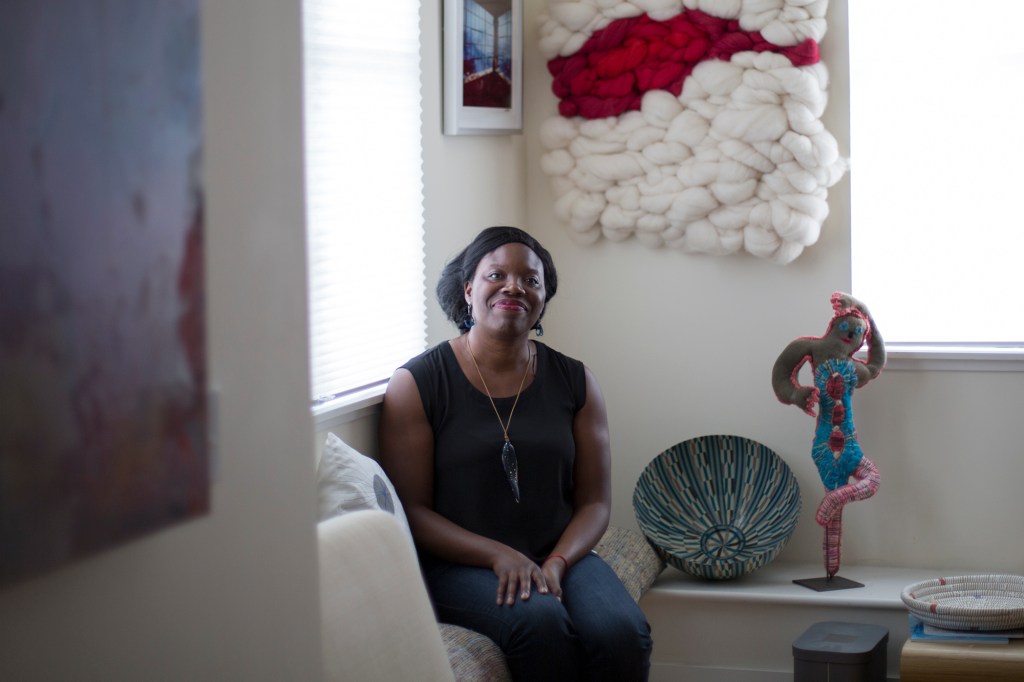
-
Julia Murphy, Skidmore, Owings & Merrill
“We are talking about cultural change and the pace of that is often quite slow. There are certain conversations that we have to revisit often in order to keep goals in sight."

-
Jeffrey Mansfield, MASS Design Group
“You might say that through architecture, I began to understand my own deafness in a broader cultural context, and started to see my own identity as a culturally deaf person as a form of cultural resistance.”

-
Deanna Van Buren and Kyle Rawlins, Designing Justice + Designing Spaces
“Their work challenges the racism of mass incarceration head-on.”
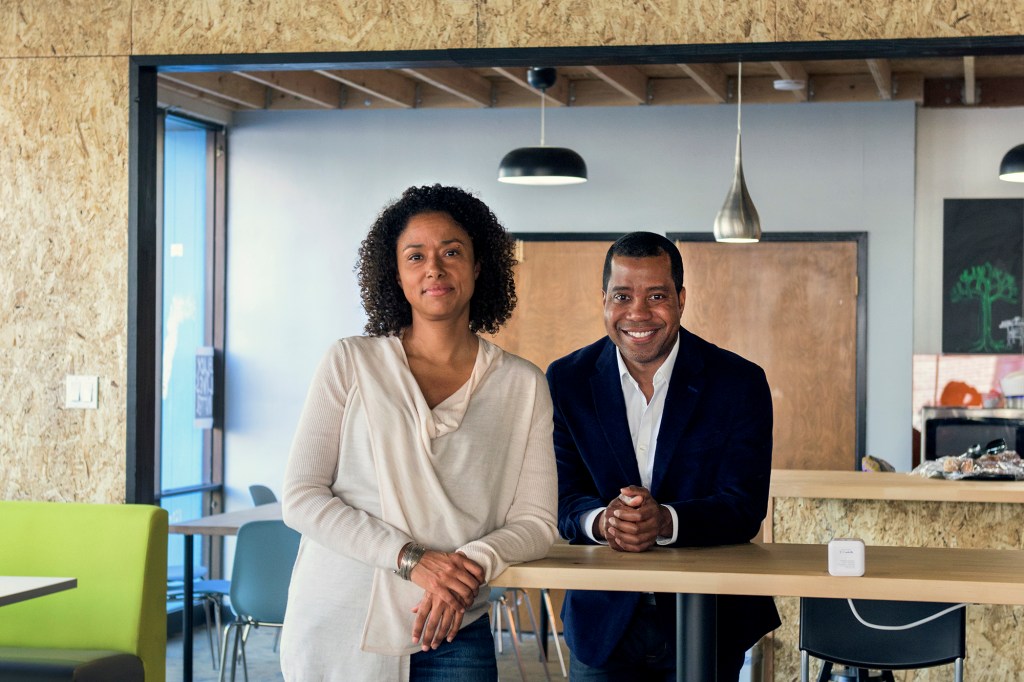
-
Chelina Odbert and Jennifer Toy, Kounkuey Design Initiative
“As much as we love design and love its power, design alone is not enough.”
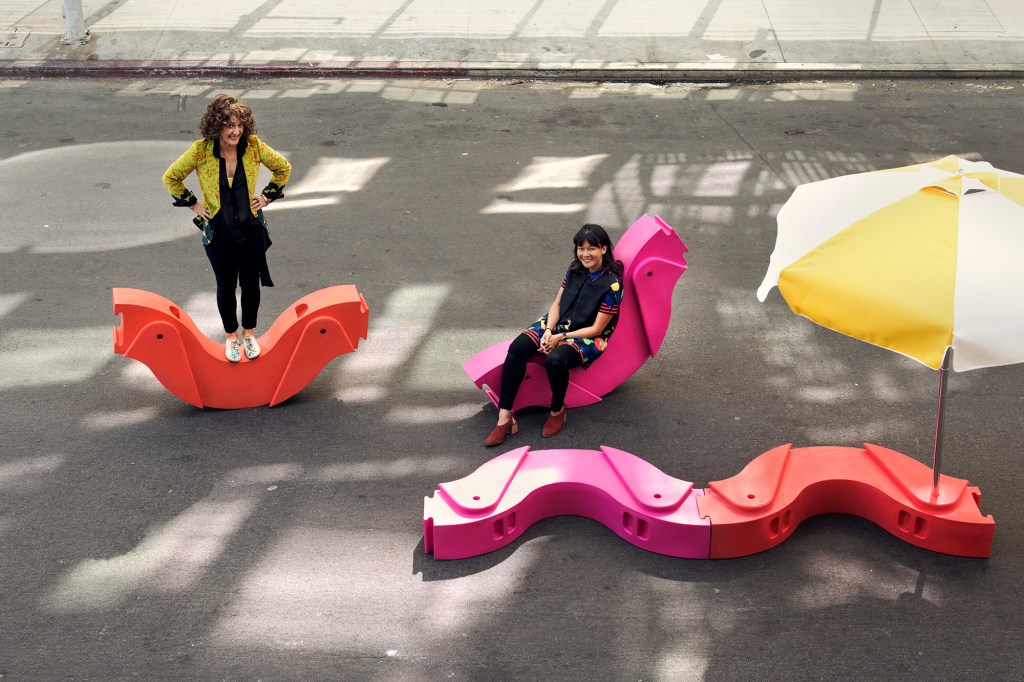
-
Tiffany Brown, Urban Arts Collective
“I want to give everything I have learned to girls who are walking my path. I want to make sure they know it’s up to them to advocate for our communities.”
